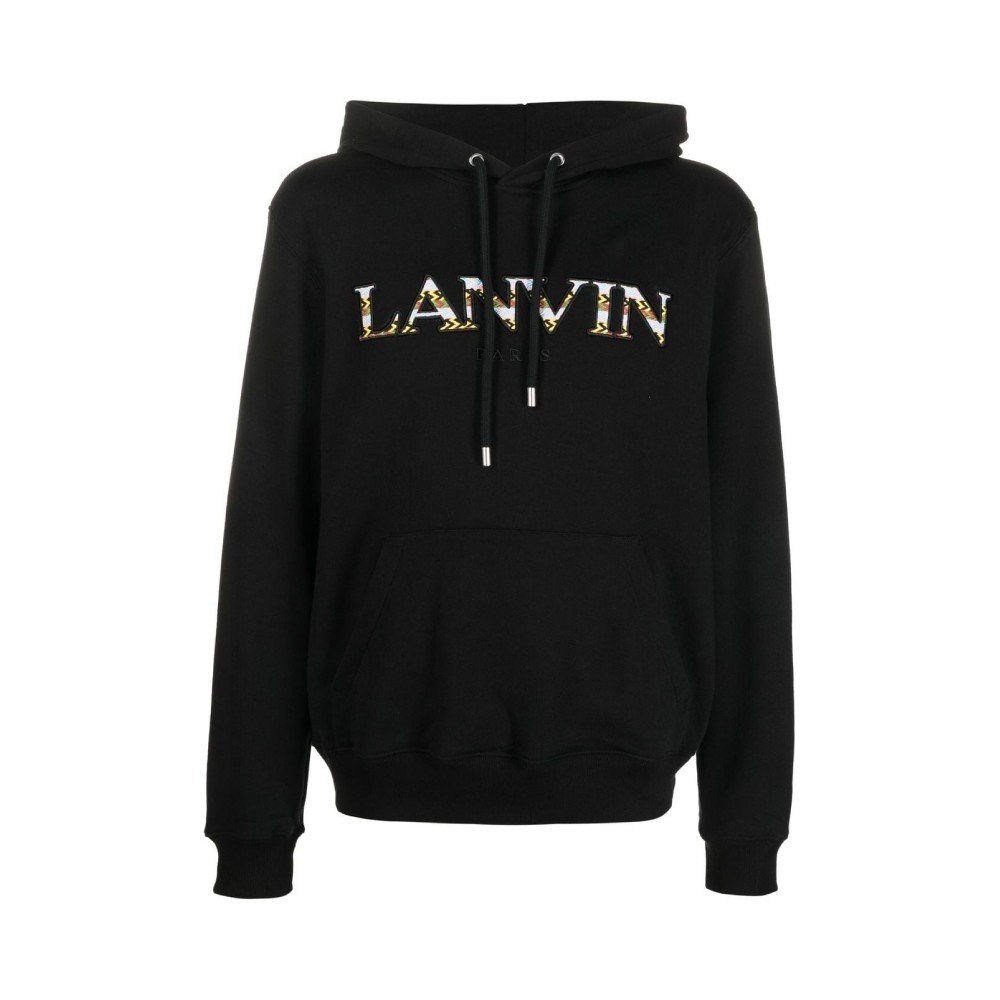In the dynamic realm of contemporary fashion, Lanvin stands as a beacon of elegance and innovation. Founded in 1889 by Jeanne Lanvin, the Parisian fashion house has continually evolved, blending its rich heritage with modern trends to maintain its relevance and appeal. Today, Lanvin is celebrated not only for its classic pieces but also for its ability to adapt to and influence the ever-changing fashion landscape.
Historical Context and Evolution
Jeanne Lanvin started her journey in fashion as a milliner before transitioning to dressmaking. Her designs quickly gained popularity, lanvin hoodie especially among the elite and royalty of the time. Lanvin’s early success can be attributed to her keen sense of style, attention to detail, and ability to anticipate and set trends. The brand’s signature blue, known as “Lanvin Blue,” became iconic, reflecting both sophistication and a timeless appeal.
Throughout the 20th century, Lanvin expanded its offerings to include menswear, fragrances, and accessories. Each new line was imbued with the same meticulous craftsmanship and elegant design that characterized Jeanne Lanvin’s original creations. The brand’s commitment to quality and innovation ensured its continued success even as the fashion industry underwent significant transformations.
Modern Relevance and Innovation
In the 21st century, Lanvin has continued to evolve, balancing its storied past with modernity. Under various creative directors, including Alber Elbaz, Bouchra Jarrar, and Bruno Sialelli, Lanvin has embraced contemporary aesthetics while remaining true to its heritage. Elbaz, in particular, is credited with revitalizing the brand in the early 2000s, introducing a blend of modern femininity and classic elegance that resonated with a new generation of fashion enthusiasts.
Today, Lanvin’s collections feature a mix of traditional and avant-garde elements. The brand’s womenswear and menswear lines are known for their luxurious fabrics, innovative silhouettes, and attention to detail. Lanvin’s ability to adapt to current trends while maintaining a distinct identity has allowed it to stay relevant in a highly competitive industry.
Lanvin Hoodies: A Fusion of Luxury and Streetwear
One of the most notable examples of Lanvin’s modern approach is its line of hoodies. Once considered strictly casual wear, hoodies have been reimagined by high-end designers, and Lanvin is no exception. The brand’s hoodies combine luxury with streetwear, reflecting a broader trend in fashion where boundaries between formal and casual wear are increasingly blurred.
Lanvin hoodies are crafted from premium materials and feature intricate designs, such as embroidered logos, unique prints, and artistic embellishments. This fusion of comfort and high fashion makes them popular among fashion-forward individuals who seek both style and practicality. The rise of athleisure and the increasing acceptance of casual wear in various settings have further cemented the hoodie’s place in Lanvin’s modern collections.
Sustainability and Ethical Practices
In recent years, the fashion industry has faced growing scrutiny over its environmental and ethical practices. Lanvin, like many other luxury brands, has responded by taking steps towards greater sustainability. The brand has implemented measures to reduce its carbon footprint, such as using eco-friendly materials and promoting sustainable production methods.
Additionally, Lanvin is committed to ethical practices, ensuring fair wages and safe working conditions for its employees and those in its supply chain. These efforts are part of a broader movement within the fashion industry to promote social responsibility and environmental stewardship.
Lanvin’s Influence on Modern Fashion
Lanvin’s influence extends beyond its own collections. The brand has played a significant role in shaping modern fashion trends and inspiring other designers. Its ability to blend traditional craftsmanship with contemporary design has set a standard for luxury fashion.
Lanvin’s collaborations with other brands and artists have also contributed to its impact on the fashion world. These partnerships have resulted in unique, limited-edition pieces that generate excitement and buzz among fashion enthusiasts. By collaborating with emerging talents and established names alike, Lanvin continues to push the boundaries of fashion and foster creativity.
Challenges and Future Directions
Despite its success, Lanvin faces challenges common to many luxury fashion brands. The fast-paced nature of the industry requires constant innovation and adaptation. Consumer preferences are continually shifting, and brands must stay ahead of trends to remain relevant. Lanvin’s ability to navigate these challenges while maintaining its core values will be crucial to its continued success.
Looking ahead, Lanvin is likely to continue its focus on sustainability and ethical practices, responding to increasing consumer demand for transparency and responsibility. The brand will also need to leverage digital platforms and technology to engage with a global audience. Social media, e-commerce, and virtual fashion shows are becoming integral parts of the fashion industry, and Lanvin must embrace these tools to connect with consumers and showcase its collections.
Conclusion
Lanvin’s journey from a small millinery shop to a global fashion powerhouse is a testament to its enduring appeal and ability to adapt to changing times. The brand’s commitment to quality, innovation, and elegance has ensured its place at the forefront of the fashion industry. As Lanvin continues to evolve, it remains a symbol of luxury and sophistication, seamlessly blending its rich heritage with modern trends to create timeless yet contemporary pieces. In a world where fashion is constantly changing, Lanvin’s legacy of style and innovation will undoubtedly continue to inspire and influence for years to come.
4o
